

Max Davies
How Audi, BMW, Honda, Mercedes-Benz, and Suzuki started out in Australia, and where they are now
14 Hours Ago
The V12 offers a unique combination of power, refinement and prestige, and this has led it to power some iconic cars.

Contributor
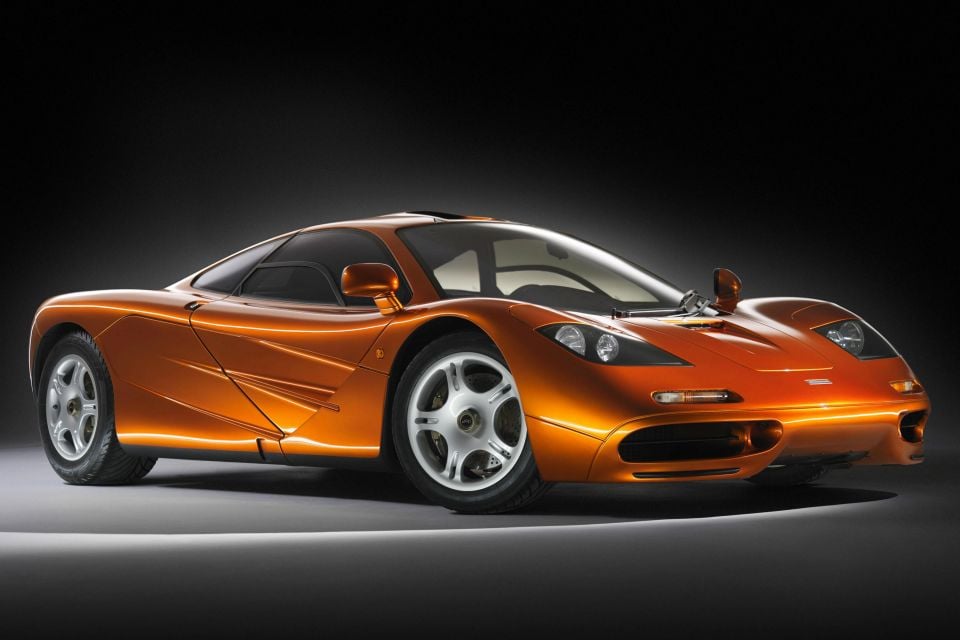

Contributor
Engines are one of the most expensive parts of a car to produce, and the more cylinders you have, the more associated parts (such as pistons) are required. This therefore drives up the cost of a vehicle.
A V12 has three times as many cylinders as the engines found in many of today’s most popular vehicles, and a correspondingly substantial increase in size and cost that makes this engine configuration suitable only for the top end of the market.
While there are several V12 options on the market, in terms of sheer volume, this type of engine remains a relative rarity. Japan has only ever produced one V12-powered road car, and even the carmakers of big engine-loving United States haven’t put one in a production passenger vehicle since before World War II.
As the automotive industry pursues electrification, this exotic powertrain option is living on borrowed time. Let’s look at five desirable V12 engines from the past and present.
MORE: The cars you can still buy with a 12-cylinder engine
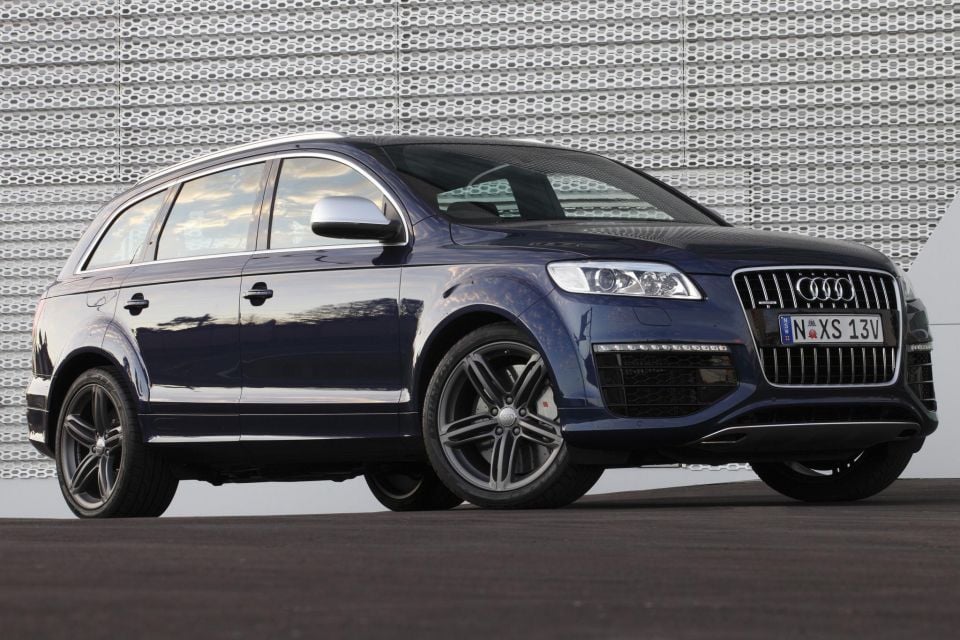
Today’s post-Dieselgate Volkswagen Group has fully committed to electrification, having developed bespoke electric vehicle platforms like MEB, J1 and the imminent PPE. The Group has even gone so far as to announce its next-generation EV architecture: the SSP (Scalable Systems Platform).
Back in 2008, however, the VW Group was committed to demonstrating diesel was the ultimate fuel. The German marque believed diesel engines offered greater torque for easy driveability coupled with lower fuel consumption than equivalently sized petrol engines, while also satisfying the low CO2 figures demanded by European regulations at the time.
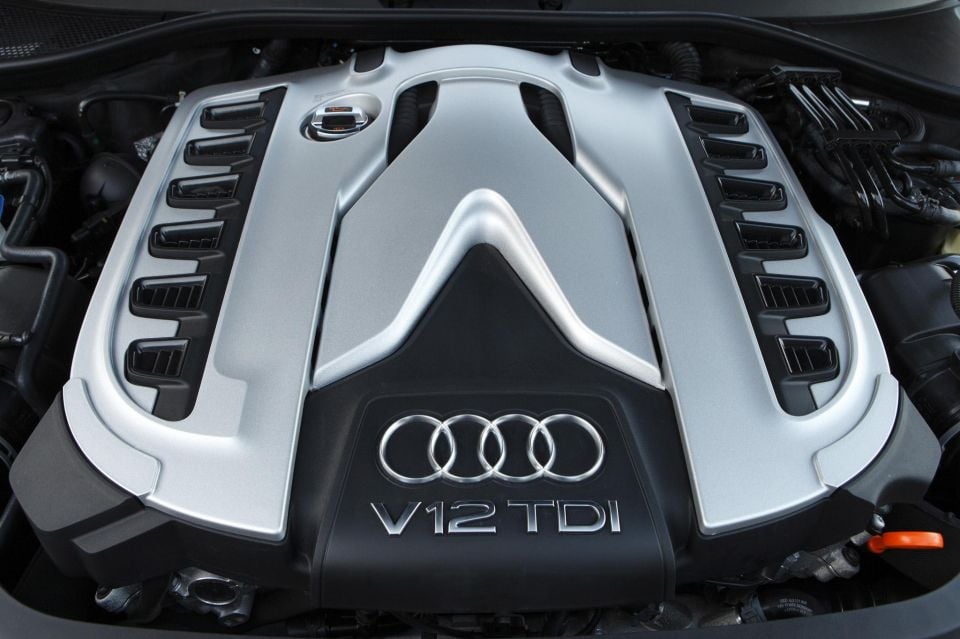
Audi decided to take these notions to the absolute extreme with its V12 TDI engine. For an automotive empire well known for parts sharing to generate economies of scale, this engine was surprisingly fitted to just one model, its Q7 SUV.
Nevertheless, the V12 TDI claimed some impressive figures. From its 6.0-litre displacement, power was an impressive 368kW, paired with a huge 1000Nm of torque from 1750-3250rpm.
Though the Q7 weighed a mammoth 2635 kg when equipped with this engine, Audi claimed a 0-100km/h time of just 5.5 seconds and average fuel consumption of 11.3L/100km.

The bore and stroke of each cylinder remained identical to that of Audi’s smaller 3.0 TDI V6 engine, and similarly to that engine, the V12 TDI also features a crankcase made using vermicular graphite. Audi claimed this material enhanced crankcase rigidity and fatigue resistance, allowing the weight of this part to be reduced by 15 per cent compared to conventional cast iron.
The Global Financial Crisis was the worst time to introduce an expensive V12-powered SUV, and led to Audi scuppering plans to introduce the model in the important US market. A handful made their way here, but the Q7 V12 TDI was axed globally in 2012.
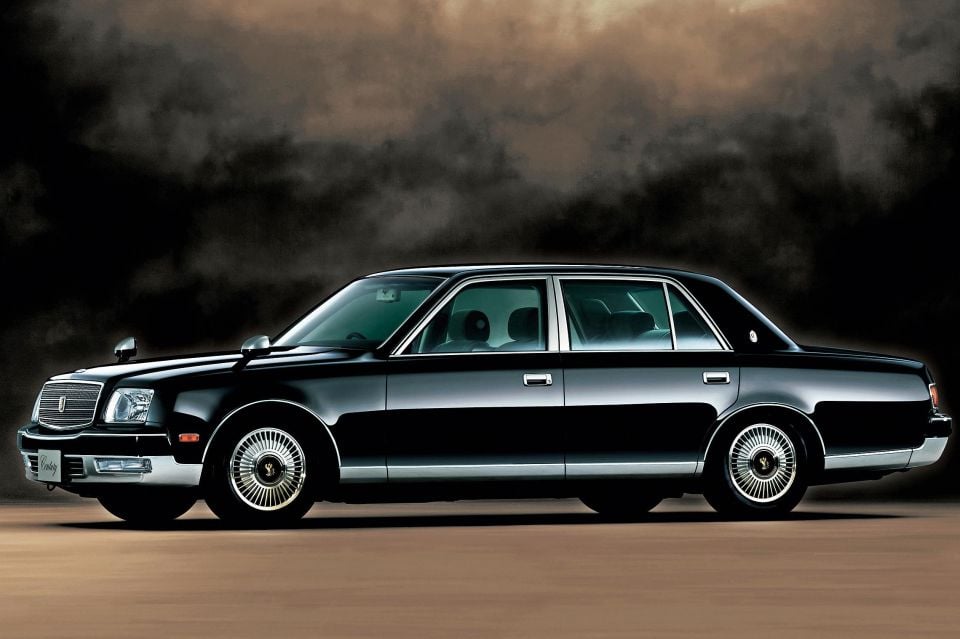
V12 engines are known for their refinement just as much as their power, and it’s the former that the largest Japanese carmaker focused on during the development of its only V12 engine to date. Known by the engine code 1GZ-FE, Toyota’s V12 was used in only one model, namely the second-generation Toyota Century, produced from 1997 to 2017.
When launched in 1997, Japanese carmakers still largely abided by a mid-1970s gentleman’s agreement with the JAMA (Japanese Automobile Manufacturer’s Association) to restrict a car’s power to 276 hp (approximately 206kW). Toyota complied with this, and therefore the 1GZ-FE’s 5.0-litre displacement produced a very under-stressed engine that nevertheless made a healthy 481Nm of torque from just 1200rpm.

Various measures were implemented to further guarantee a smooth engine. The bank angle of the ‘V’ was set at 60o to help reduce vibrations, and the engine made use of ‘slant-squish’ combustion chambers, semi-floating piston pins and iridium spark plugs to achieve quiet operation. Overall, Toyota claimed this engine was 10 per cent smoother than the V8 used in the original Lexus LS.
Reliability was assured with each bank of cylinders being controlled by its own independent ECU (such that the engine used two ECUs). This meant that even in the event of a major failure, the engine can continue running on six cylinders if either bank becomes inoperable.
Mazda reportedly was working on a V12 engine for the flagship 1000 sedan of its aborted Amati luxury division, but the bubble economy of the early 1990s led to the cancellation of the entire Amati project. That left the Toyota Century as Japan’s only production car powered by a V12 engine. The third-generation Century, introduced in 2018, moved to a hybrid V8.
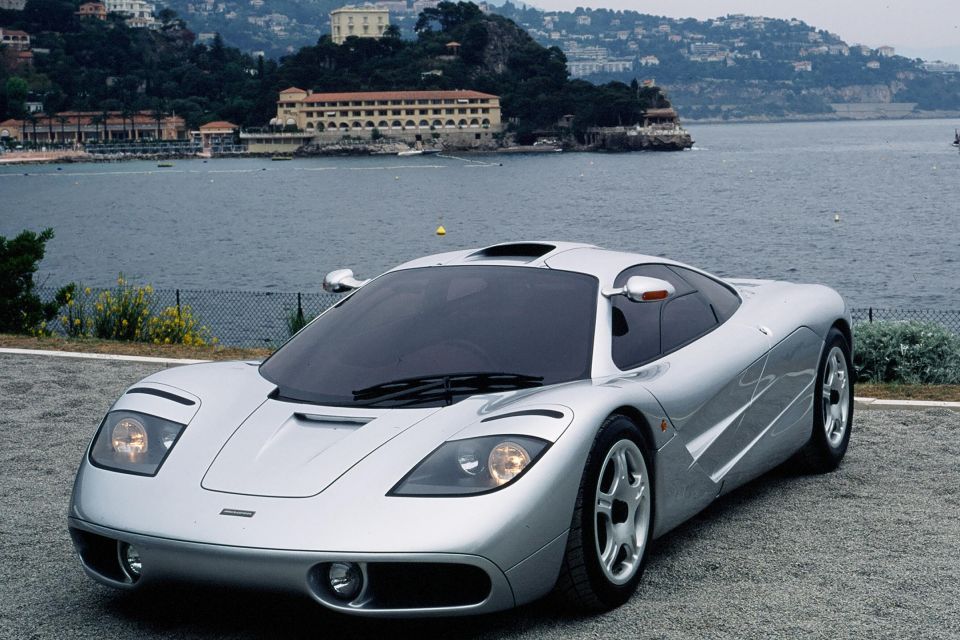
The BMW Group has a long history of making V12 engines, with its top-end 7 Series models formerly available with this option, and the entire Rolls-Royce lineup exclusively powered by 12 cylinders (for now).
It’s perhaps surprising, then, that arguably the greatest V12 engine that BMW has ever made was not fitted to a BMW or Rolls-Royce car, but instead to the McLaren F1.
Naturally aspirated and with a 6.1-litre displacement, BMW’s S70/2 was a bespoke engine built by legendary BMW engineer Paul Rosche at the request of Gordon Murray, the chief engineer behind McLaren’s first supercar.
Sharing little in common with any other mass-produced BMW engine, the S70/2 produced 461kW of power and 650Nm of torque at 7400rpm and 5600rpm, respectively, just short of the car’s 7500rpm redline.
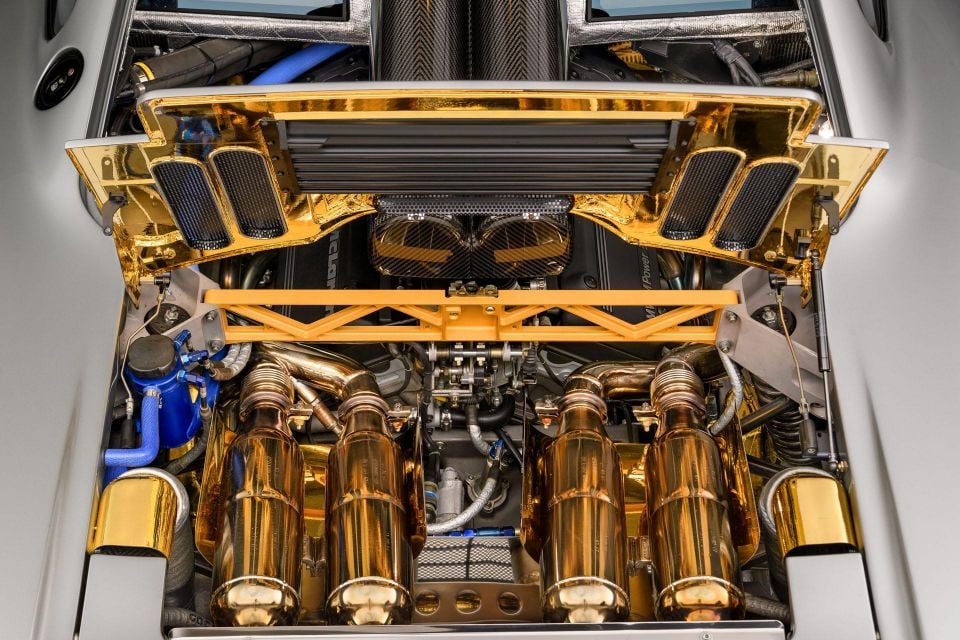
This engine featured various technologies to maximise power for the smallest possible weight and dimensions. It was one of the first applications of variable valve timing on both the intake and exhaust valves, known in BMW-speak as ‘double VANOS.’
Further innovations included a carbon-fibre air box and the use of two fuel injectors per cylinder (then typically only used in motorsport engines), to optimise efficiency. All of this led to a total engine weight of just 266kg, enabling the F1 to achieve a very high power to weight ratio of 403kW/tonne.
Most interestingly, the amount of heat generated by this engine meant that McLaren engineers resorted to lining the engine bay with gold film as a heat shield to protect the chassis and other parts of the car without substantially affecting weight.

A common saying in automotive folklore is that there’s no replacement for displacement, and Mercedes attempted to prove this as fact with its own naturally-aspirated V12 engine, built to compete directly with BMW.
Initially having a displacement of 6.0 litres, Mercedes decided to increase the stroke by 12.2mm (from 80.2 to 92.4 mm) for the ultra-rare R129 SL 73 AMG (made from 1999-2002), arriving at a total displacement of 7291cc. It produced 386kW of power and 750Nm of torque, enough to propel the SL 73 from 0-100 km/h in just 4.8 seconds.
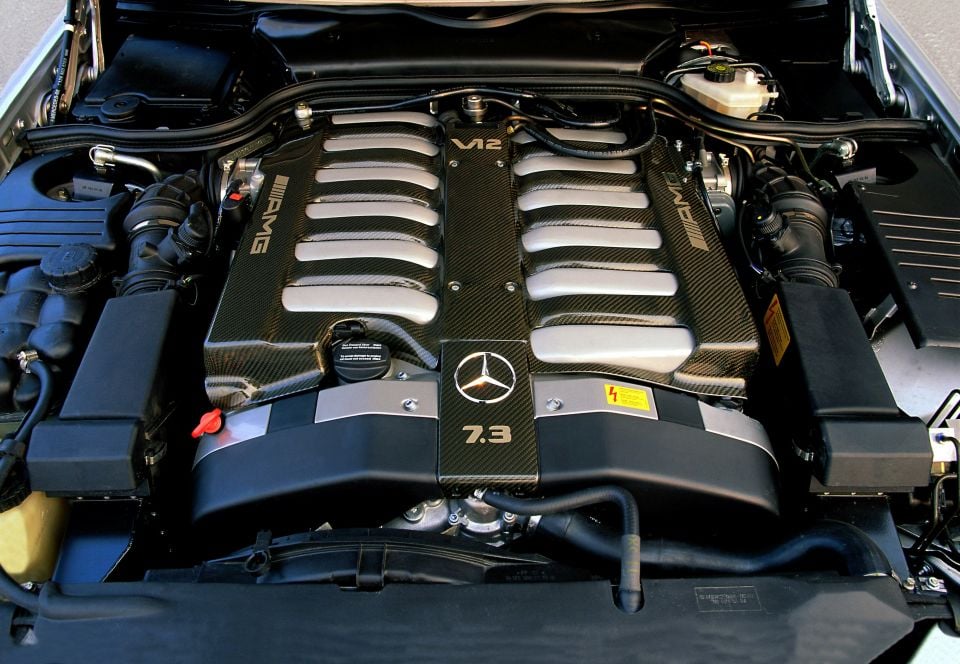
Boutique Italian supercar firm Pagani was so impressed with this powerplant that it asked AMG to prepare a specially tuned version for its Zonda supercar lineup, and the same engine subsequently featured in models such as the Zonda C12-S, Zonda F, Zonda Cinque and Zonda Tricolore.
In its ultimate iteration as used in the Zonda Cinque, it produced a substantial 506 kW of power and 780 Nm of torque. It hit 100 km/h from a standing start in under 3.5 seconds.
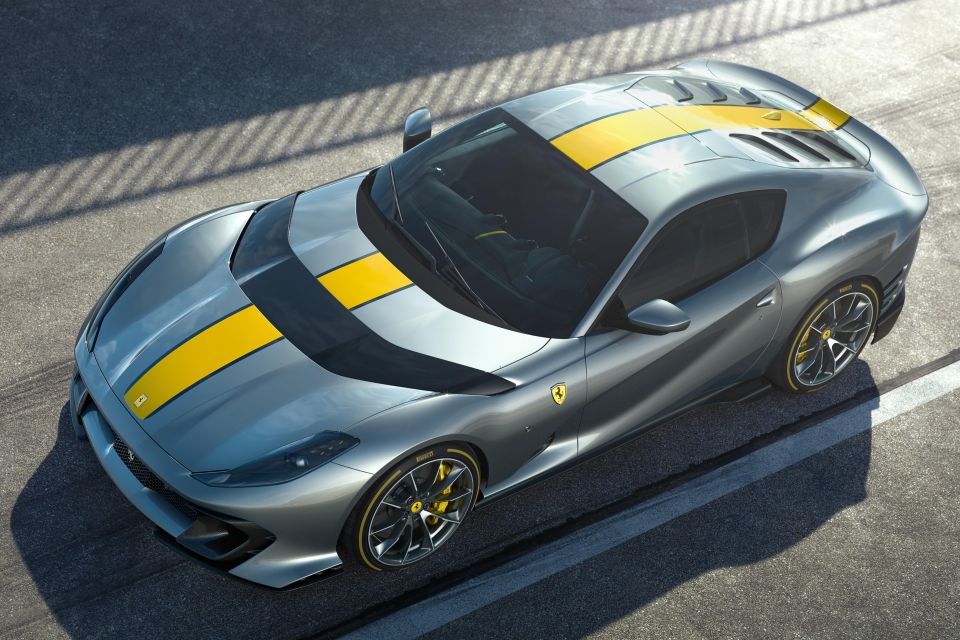
Ferrari is the most successful team in Formula 1, and also not one to shy away from closely linking its racing program to its road car operation.
When it came time to develop a car worthy of carrying the founder’s name, however, Ferrari’s Formula 1 team was using V10 engines. With the prancing horse brand’s road car division having very little pedigree with V10 engines, it was decided to instead return to the brand’s roots and develop a new V12 engine from the ground up.
This all new, 65o 6.0-litre V12 engine was known as the F140, and upon launch became the most powerful naturally aspirated engine on any production car, with outputs of 485kW and 657Nm of torque.
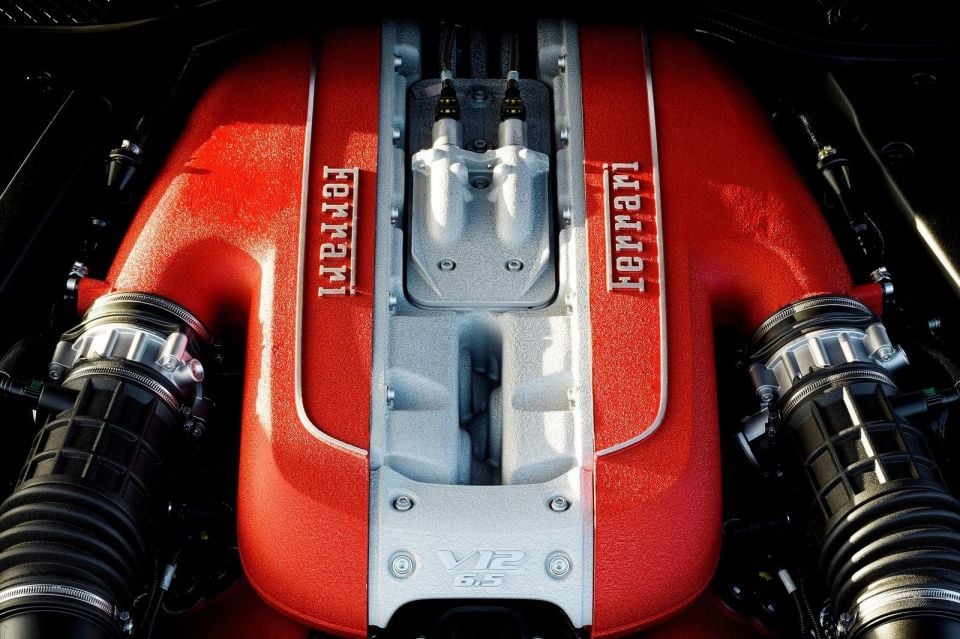
Innovations to help the F140 produce this level of power include variable timing equipped overhead cams, a variable length intake runner as well as cylinders coated in Nikasil for extra durability.
Since the Ferrari Enzo, the F140 has not only been used in its spiritual successor, the LaFerrari (paired with a hybrid system), but also in the marque’s lineup of front-engined GTs, including the FF, GTC4Lusso, and most recently, the 812 series, including the 812 Superfast.
The latest iteration of this engine family has seen displacement increase to 6.5 litres, and power and torque to 610kW and 692Nm in the latest 812 Competizione.


Max Davies
14 Hours Ago


William Stopford
14 Hours Ago


Derek Fung
14 Hours Ago


Max Davies
22 Hours Ago


William Stopford
2 Days Ago


Ben Zachariah
2 Days Ago